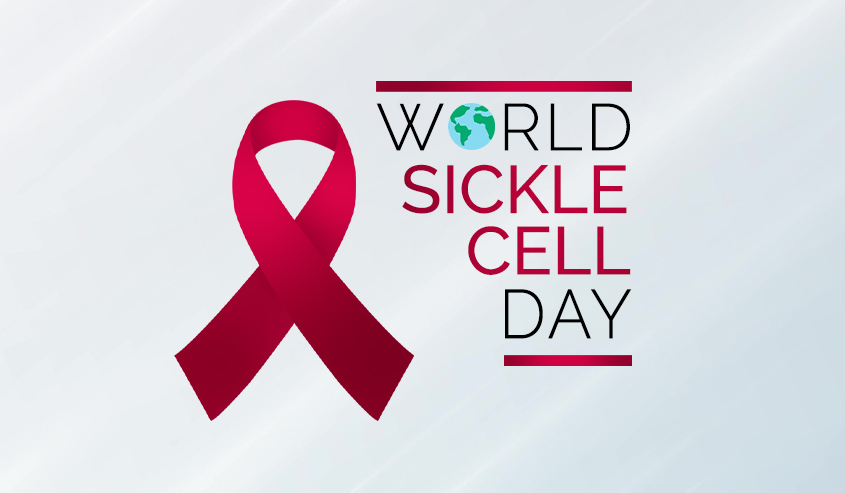
World Sickle Cell Day was established by the UN General Assembly in 2008 for the purpose of increasing public awareness, knowledge, and understanding of the disease. It’s celebrated every year on June 19th to make others aware of the challenges that sickle cell patients, their families, and caregivers experience.
What is Sickle Cell Disease?
As an inherited blood disorder, sickle cell disease affects the red blood cells and is characterized by a high content of hemoglobin S, an abnormal hemoglobin type. The red blood cells become crescent or sickle-shaped and often have difficulties passing through the smaller blood vessels of the body. Sickle cells often block the smaller blood vessels causing less blood to reach certain parts of the body. If tissues don’t receive a normal flow of blood, it will eventually damage them and cause other complications. Apart from that inherent weakness, slow growth of the body, inflammation of hands or feet and frequent infections are some of the signs to watch out for.
Inheritance and Sickle Cell Trait
As with blood type, eye color, hair color, and other physical traits, sickle cell conditions are inherited. Even if one parent has the disease and the other doesn’t, all of their children will have what is referred to as “sickle cell trait.” In other words, they will be predisposed to having the disease. In cases where one parent has the disease and the other has traits of sickle cell, there is a 1 in 2 (50%) chance that every one of their children will have sickle cell disease or trait. When both the mother and father have sickle cell traits, the odds decrease to 25%.
How Do You Know If You Have Sickle Cell Disease or Sickle Cell Trait?
A blood test and Hemoglobin Electrophoresis (a lab technique) will help determine the type of hemoglobin you have. This lab technique differentiates between hemoglobin A (normal hemoglobin) and hemoglobin S (abnormal or sickle hemoglobin). There are other types of hemoglobin as well such as C, D, E, etc.
The use of MRI’s in Sickle Cell Disease
Magnetic resonance imaging is used in the monitoring of the disease. Because it can affect different areas of the body, doctors may look for specific complications whether they’ve manifested themselves as symptoms or not. Consequently, patients with sickle cell disease may experience musculoskeletal or neurological complications. Some of the issues that might arise when SCD affects the musculoskeletal systems include abnormalities of the bone marrow and osteomyelitis. If these conditions exist, an MRI can detect them. Thus, if an individual notices any of the associated symptoms, it’s important to consult a doctor.
For more information about how you can schedule an MRI please contact Vital Imaging at 305.596.9992.
